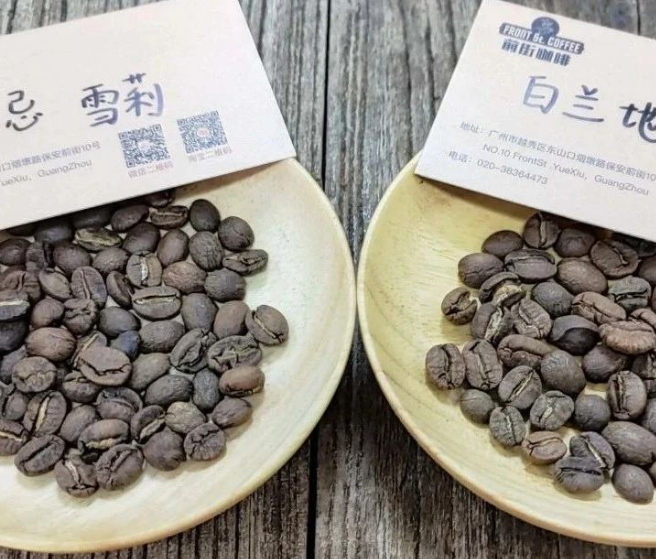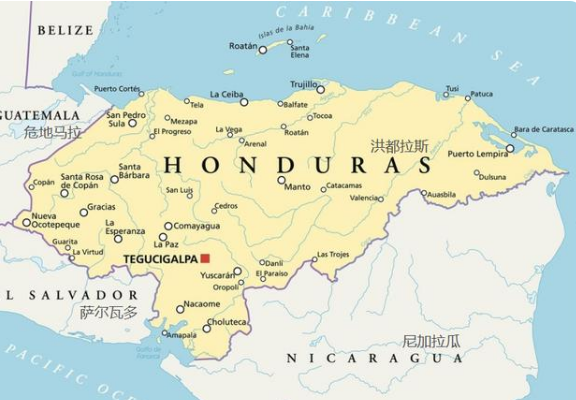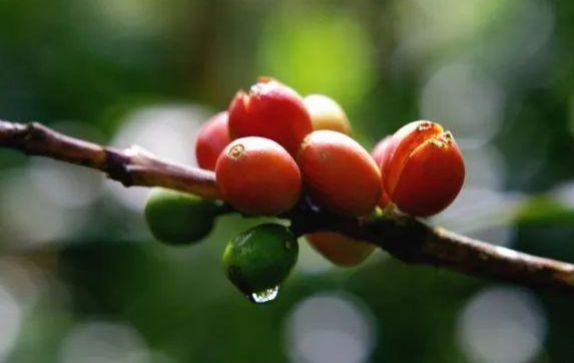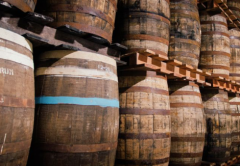Coffee beans have an aroma. Are they essence beans? Honduran whiskey sherry and brandy lychee coffee
Honduras Shirley Coffee is treated by fermentation, which is more popular in recent years, because the number of raw beans is very small.
Honduras Shirley Coffee beans are planted at an altitude of 1500-1700 meters. Kaddura, Kaduai and Pacas, a single mixed variety of Shirley coffee in the front street, are fermented and roasted after a delicate washing whisky barrel. Honduras Shirley brewing flavor for whisky, berries, almonds, dark chocolate flavor, the aftertaste of maple sugar, brewing smells obvious vanilla, cream aroma. The aroma of whisky comes from the treatment of sherry coffee. Shirley coffee beans in front street use whisky barrel fermentation and delicate washing (whisky must be aged in oak barrels. After the end of aging, the oak barrel absorbs the whisky flavor and leaves a strong aroma). The treatment process is as follows: first, the freshly picked coffee fruit is washed, then put into a barrel ripe into sherry, low temperature fermentation for 30-40 days (the temperature is about 15-20 ℃), and then dry in the shade.
Honduras is located in the north of Central America, between the Pacific Ocean and the Caribbean Sea, is a typical two-ocean country, because of its mountainous territory, it is very favorable for growing coffee and bananas, although compared with neighboring Guatemala and Nicaragua, the coffee industry in Honduras develops relatively late, but it does not affect the development of the coffee industry in Honduras, which has a congenitally superior geographical environment for growing coffee.

In the late 18th century, Spanish merchants first introduced Honduran coffee. Honduras began to grow coffee on a small scale in 1804. After 1970, coffee trees were planted throughout Honduras. In 2011, Honduras produced more coffee than Costa Rica and Guatemala. Among them, in 1975, coffee production fell sharply due to severe frost damage in Brazil. At this time, there was a large shortage of coffee production in Honduras. Since then, coffee production in Honduras began to develop, and the COE Excellence Cup was first held in Honduras in 2004. In 2011, Honduras became the highest coffee producer in Central America and the second largest Arabica coffee producer in the world (the Kaduai coffee variety accounts for nearly half of the country's Arabica coffee acreage).

Kaddura, a natural variety of bourbon, was discovered in Brazil in 1937. Its tree is not as tall and shorter as bourbon. Due to inheriting the blood of bourbon, the resistance is relatively weak, but the yield is higher than that of bourbon. Kaduai is an artificial hybrid of Kaddura and MonduNovo. Kaduai has a good ability to resist natural disasters, especially wind and rain. Kaduai tree species are relatively low, compared with other coffee trees, the fruit of Kaduai is stronger and harder to pick, and the fruit is both red and yellow.

Important Notice :
前街咖啡 FrontStreet Coffee has moved to new addredd:
FrontStreet Coffee Address: 315,Donghua East Road,GuangZhou
Tel:020 38364473
- Prev

How to calculate the extraction rate of coffee? What is the gold cup extraction rate, teach you to adjust the taste of coffee.
SCA gold cup standard extraction rate = water-soluble coffee substance / coffee powder amount * 100%; concentration = water-soluble coffee substance / coffee liquid weight * 100%; extraction rate = coffee liquid weight * concentration / coffee powder content * 100%; extraction rate indicates the proportion of the extracted coffee substance to the total coffee bean weight. The extraction rate is between 18% and 22%. The concentration indicates the coffee substance extracted from a cup of coffee.
- Next

How did the coffee beans come from, rum coffee beans flavor evaluation-Colombia San Jose coffee
In recent years, a variety of special treatment methods emerge in endlessly. How do coffee beans with aroma come from? San Jose Estate Barrel Fermentation was developed by the third generation of San Jose Estate owners. The story begins with a chance encounter. Monsalve Botero, the hostess of San Jose Estate, accompanied her husband one day (engaged in lime wine
Related
- Beginners will see the "Coffee pull flower" guide!
- What is the difference between ice blog purified milk and ordinary milk coffee?
- Why is the Philippines the largest producer of crops in Liberia?
- For coffee extraction, should the fine powder be retained?
- How does extracted espresso fill pressed powder? How much strength does it take to press the powder?
- How to make jasmine cold extract coffee? Is the jasmine + latte good?
- Will this little toy really make the coffee taste better? How does Lily Drip affect coffee extraction?
- Will the action of slapping the filter cup also affect coffee extraction?
- What's the difference between powder-to-water ratio and powder-to-liquid ratio?
- What is the Ethiopian local species? What does it have to do with Heirloom native species?

